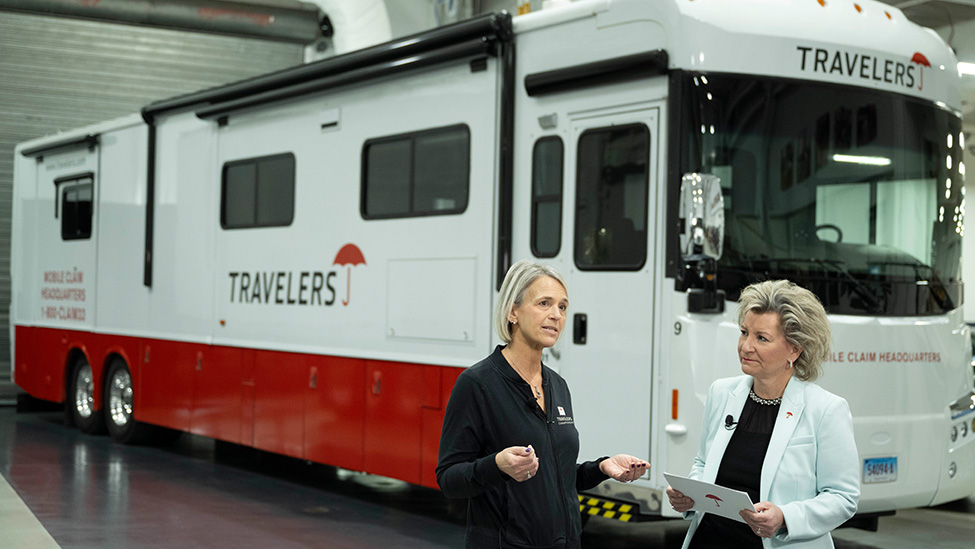Disaster Preparedness & Response: Leading Analytical Capabilities in Disaster Response
As part of our efforts to respond to our customers’ needs in a quick, efficient and compassionate manner after a disaster or extreme weather event, we seek to further develop and leverage our leading analytical capabilities. We have built a proprietary approach to assembling data that lets us assess severe storms, such as the precise size of hail forming in a storm cell, to understand the footprint of an event, how many customers may be affected and the probable severity of the losses. In addition to catastrophe (CAT) modeling, our approach uses geospatial capabilities, which integrate event overlays that aggregate millions of data points from weather services, our weather models, and ultra-high-resolution aerial imagery on policy and claim locations. Our sophisticated workforce management platform leverages our geospatial insights to inform workforce deployment and Claim response decisions before, during and after a catastrophe event in order to engage the right resources and technical expertise and begin deployment efforts before claims are even reported. All of that helps us to get the right people to the right place faster than ever before.
We continue to innovate and enhance our analytical capabilities, enabling us to fulfill our promise to take care of our customers in the event of a natural disaster. Our recent innovations include:
- Combining aerial imaging and AI learning to detect wildfire and wind losses. Our geospatial platforms use photographic images taken from aircraft equipped with market-leading aerial capture systems. Pre-loss imagery is collected continually for virtually all of our insured locations. This “blue-sky” imagery can be compared to post-event (“gray-sky”) imagery to assist us in detecting and evaluating loss. In 2024, we collected post-event imagery covering approximately 52,000 square miles in connection with 16 separate events. Leveraging the post-event imagery of damaged and undamaged homes, we use industry-leading AI and machine learning to quickly assess the damage sustained, which helps inform our operational response. The Travelers Wildfire Loss Detector tool helps us assess which properties are total losses after a wildfire event, while the Travelers Wind Damage Detector tool allows us to evaluate the severity of damage sustained in wind events. With these powerful tools, we can more quickly identify customers with the most significant damage so we can begin the claim process – often before we have access to the area – thereby allowing our customers to begin recovering and rebuilding their properties sooner. In 2023, we enhanced our agent and broker portal to include these tools so our distribution partners can better assist customers after a disaster as well. This video provides more detail on our geospatial capabilities.
- Using smartphones for quicker, safer claim inspections. Thanks to innovative virtual inspection and measurement technology, we are able to transform smartphone photos of a property into a precise 3D model so that our Claim professionals can more quickly and accurately inspect and estimate property damage. We are often able to evaluate the damage with information our policyholders provide to us, without having to schedule an on-site inspection. We use similar technology to virtually handle auto losses after large CAT events where thousands of cars can be damaged. With the help of these cutting-edge technologies, we are creating a faster and easier claim process for our customers and a safer environment for our employees.
Where possible, we also gather data from controlled tests to improve prevention and preparation. For example, Travelers supports the Insurance Institute for Business & Home Safety (IBHS), which has a one-of-a-kind controlled research facility that can generate hurricane-force winds, hail, and wind-driven rain and embers. The studies conducted in this facility allow IBHS and supporting members such as Travelers to study the impacts of weather events in real-world scenarios; they also allow us to analyze the results to better respond to events and protect our customers and their assets. For more information on IBHS and the ongoing work Travelers supports, see our illustrative initiative regarding IBHS.
More about disaster preparedness & response
Approach
We take a holistic approach to managing our company’s exposure to disasters and to helping our customers prepare for, respond to and recover from catastrophic events.
Partner in preparedness
We offer a range of resources that help our customers and the public prepare for disasters.
Dedicated catastrophe response resources
Our sustained investment in innovative catastrophe response strategies sets Travelers apart from our peers.
Customer outcomes
Despite the added logistical difficulties inherent in catastrophe (CAT) response, our CAT claim performance consistently meets or exceeds our internal benchmarks for claim handling.
Illustrative initiatives
National Catastrophe Center
Catastrophe Planning and Response
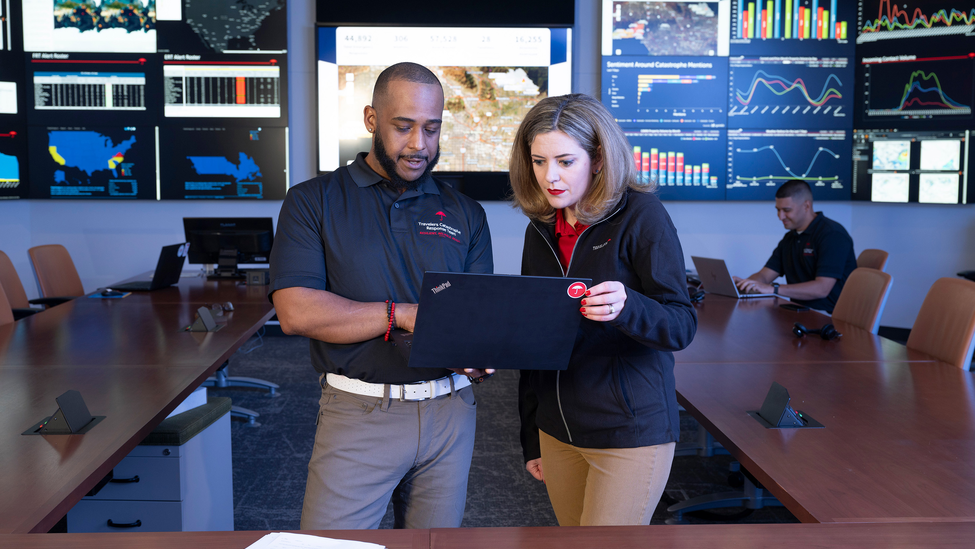
Travelers Fortifies Communities
Building Strong, Resilient Communities
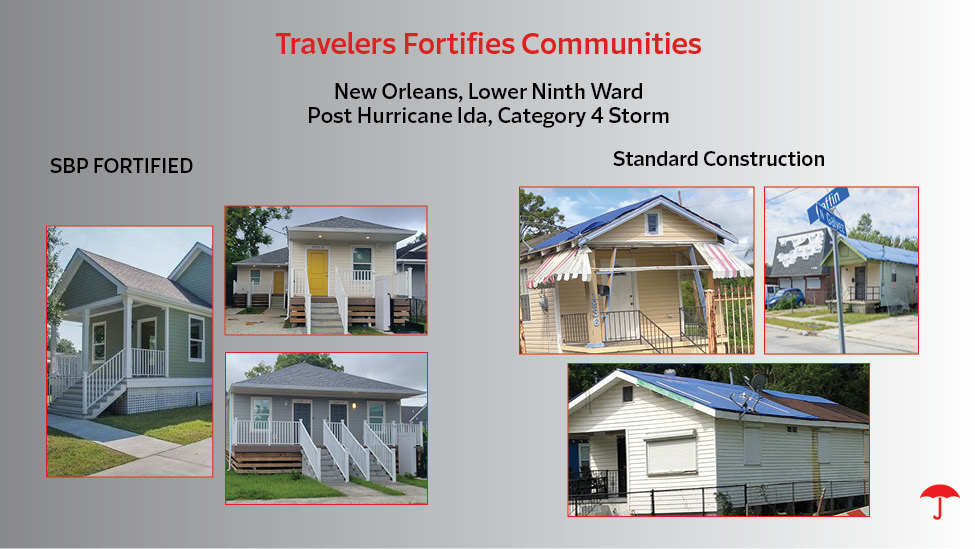
Wildfire Defense Services
Protecting Our Customers from Increased Wildfire Risk
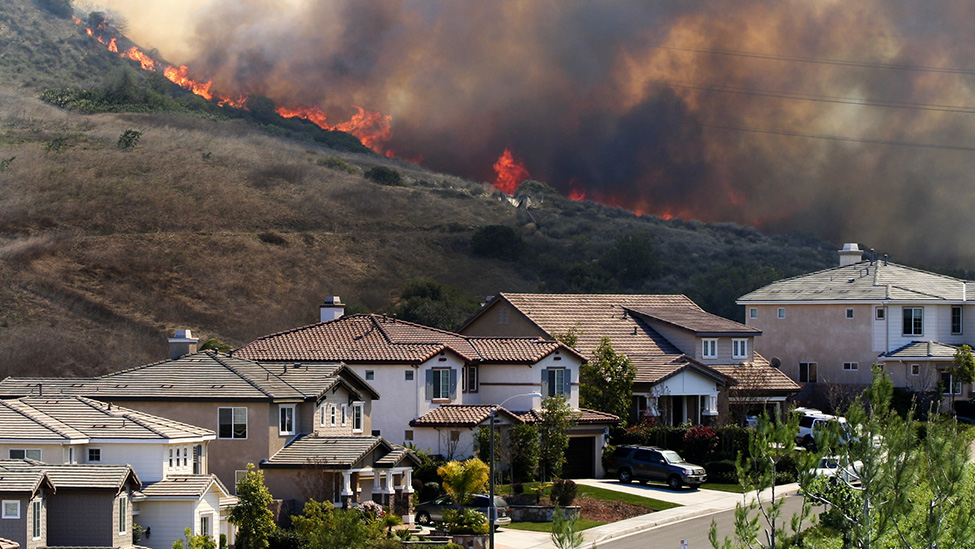
IBHS Sponsorship
Supporting Research in Severe Weather Readiness and Response
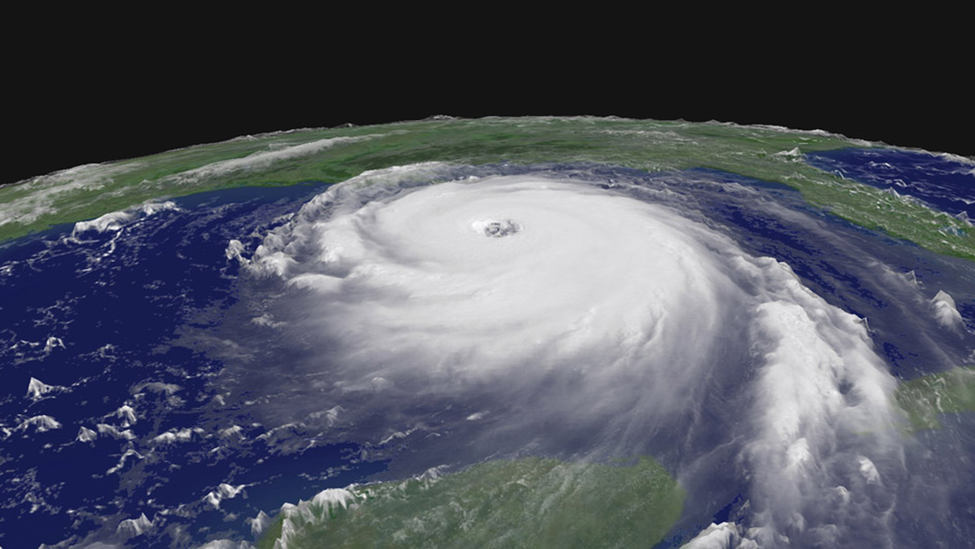
Travelers Institute®
Thought Leadership on Disaster Preparedness
